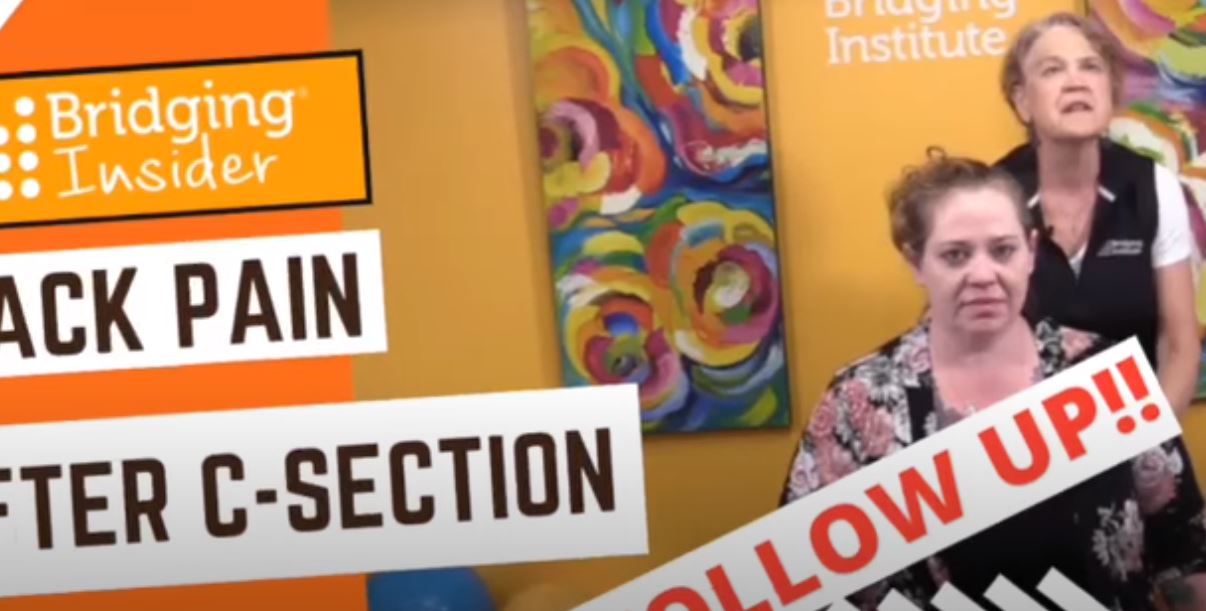How Much Walking Do You Need for a Health Benefit?
The theme for this week … how much activity translates to health benefits?
Keeping up on emerging research about the relationship between activity and health is one of the important things we do for you. A new article recently published sheds new perspective on the amount of activity needed for health benefits. Read on …
How many daily steps impact your long term health? And, are kids getting enough activity?
It seems that new information is published weekly citing the benefits of physical activity on various aspects of health. But how much is actually enough?
How many steps and what kind of health benefit?
This recent European study identified a minimum threshold of 4000 steps daily to reduce overall health risks, and just 2500 steps to reduce cardiovascular health risks.
More is better!
The study also identified that each additional 1,000 steps, up to 20,000 per day led to increased benefit.
Key Take-aways
- Overall mortality reduction seen at 3,867 steps
- Additional 15% benefit from every extra 1,000 steps!!
- Cardiovascular impact seen at 2337 steps
- Additional 7% benefit from every extra 500 steps!
Walking may be the easiest intervention around!
What about our kids?
According to the World Health Organization (WHO) information, our kids are not getting enough activity.
Key insights related to youth include:
- 81% of children worldwide do not get the minimum levels of activity needed to promote their health.
- The male rate of inactivity is about 77%
- The female rate of inactivity is about 85%
Another article, Kids and Teens Face Physical Inactivity Crisis, commented upon these WHO findings, noting that improving rates of female activity has complex social aspects, recognizing the following factors:
- Fear during periods
- Feeling unsafe
- Being judged
At The Bridging® Institute, we provide a novel solution to helping children and adults ages 0-99 be more active.
Your health depends on it!
Insight of the week from Cara
If you are like me, you want your exercise to positively impact your long-term health.
With 24 hours in a day, and 6-8 hours for sleep, how much more time do we need to dedicate to activity?
The good news — 40 minutes!
If the recent research update citing 4000 steps as the level with a significant impact on long-term health is taken as a minimum, you need about 40 minutes. This can also be broken into two 20 minute walks, which becomes very doable.
However, for some, even 20 minutes seems daunting
We find many reasons that activity is not easy or safe for our clients. When it is not easy or safe, you tend to not do it, nor stick with it.
What causes walking to be harder than it seems it should be?
We find the answer lies in your history. You likely have disrupters to the foundational micromovements within your body.
These disrupters cause you to compensate, sometimes without realizing it. What you do realize is that you get more tired and sore with activity than others, for no apparent reason.
How Bridging® gets you back up and going
We follow a three step process:
- Assess specific micromovement flows and transitions.
- Analyze the assessment information in the context of your disrupters (injury, illness, medical procedures, birth/early life events).
- Reset muscle memory to quickly and gently return you to a more active life.
Do you or a loved one struggle to stay active and wonder if Bridging® can help? Contact us. We are happy to see how we can help.
Stories from our sessions … legs and more work with the core
In this week’s video, Amanda returns a month later for a follow-up session. Her low back pain is mostly a thing of the past and she has an interesting awareness of a change (and challenge) since her first session.
Her goals have shifted. They now to include being active to keep up with a moving baby and her work as a teacher.
What happened to Amanda and when?
Micromovement disrupters
Birth/Early life: Hospitalized following birth. Uncertain why.
Injury/Accident: Misc. events as child, 2 auto accidents
Medical procedures/surgeries: 2 laparoscopic surgeries, C-section
Illness: None of note
The goal changes from low back to legs …
Goal: Now that her daughter is moving around more and Amanda is returning to the classroom, she wants to be comfortable sitting on the floor and generally moving around more easily.
What did we find?
Following a quick check-in assessment, we found that Amanda’s leg segments had some reconnecting to do. The knee we worked with last time is doing great. The other is jealous and wants equal attention.
What did we do?
You’ll have to watch the video to see how Amanda’s legs and core changed by being so specific with our support.

